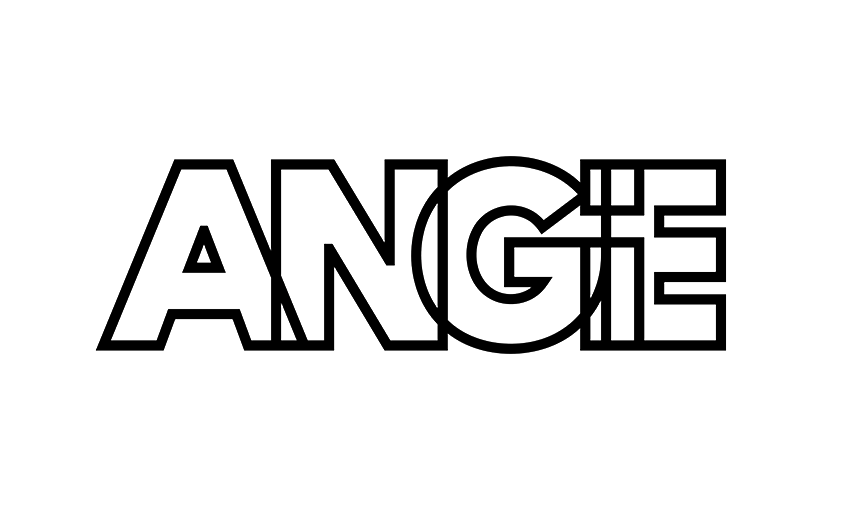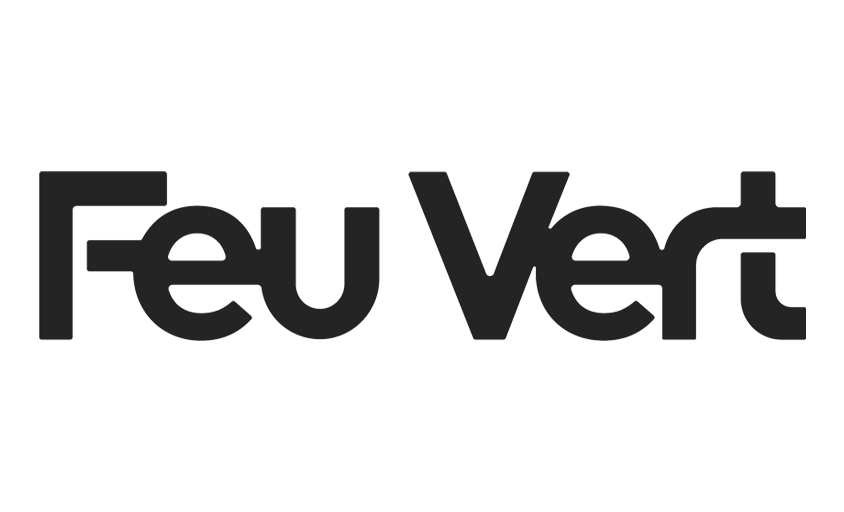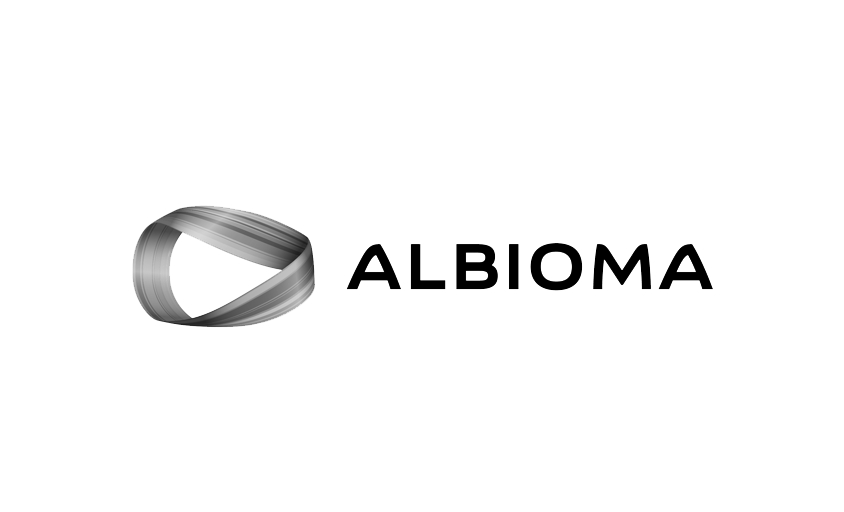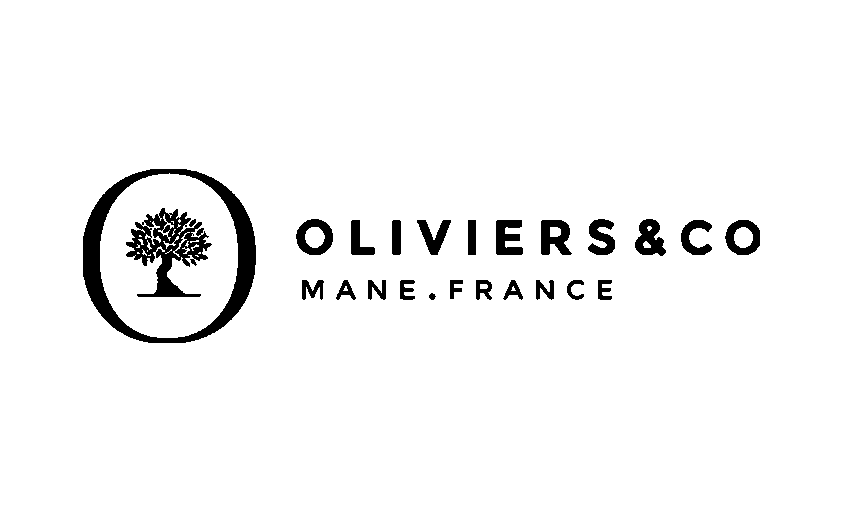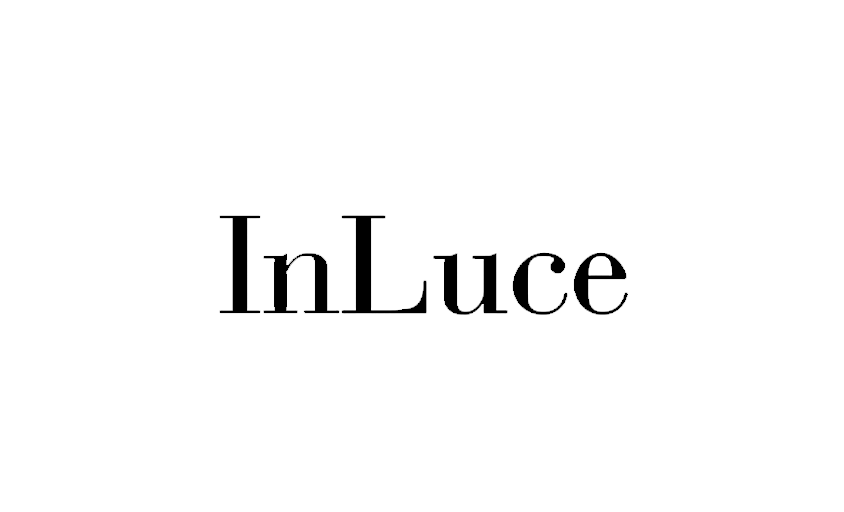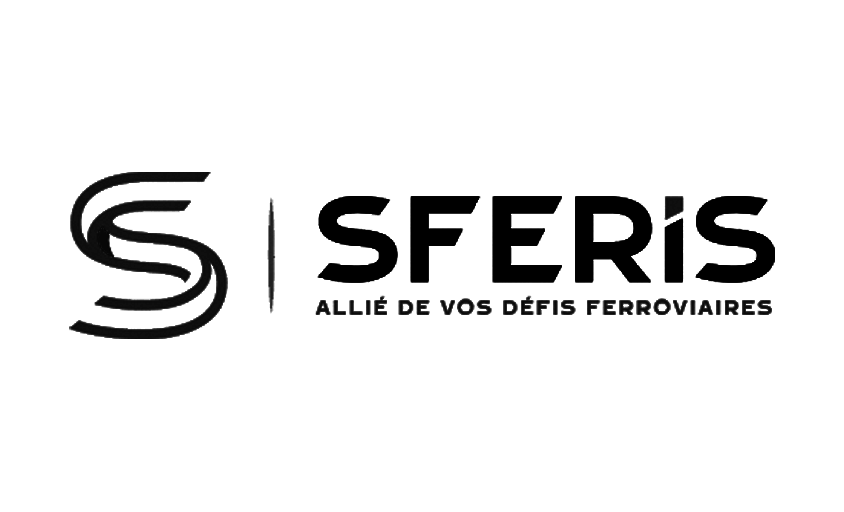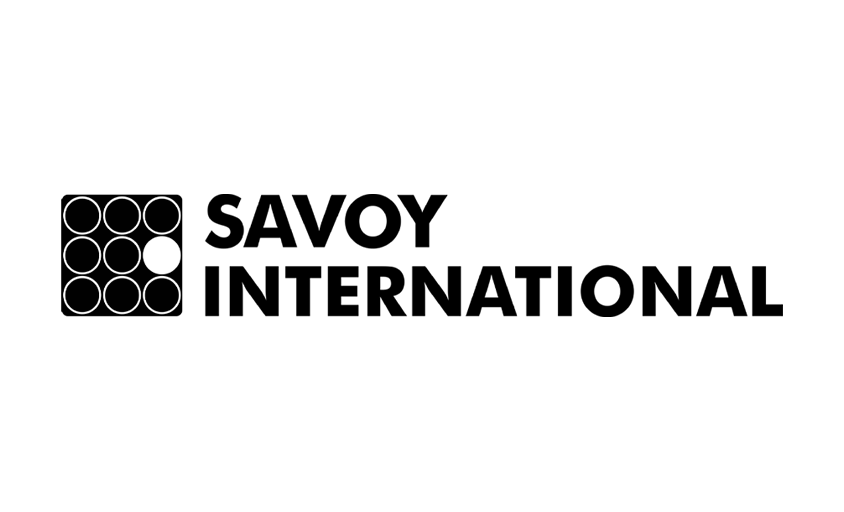What Is Cosmetic Product Photography?
In this article :
In visual communication, few products are as demanding to photograph as those in the cosmetics sector. Between reflective packaging, complex textures, and brands’ extremely high expectations, cosmetic photography is a playground reserved for experts.
In this sector where visuals directly influence purchasing decisions, every detail matters: the rendering of the bottle, the sharpness of the logo, the consistency of tones, and even the ability to evoke a sensory promise. Unlike other fields, it’s not just about “showing a product”: you have to convey purity, effectiveness, softness, or luxury. In short, create desire.
At Rétines, we support cosmetic brands, whether large groups, digitally native vertical brands (DNVB), or independent laboratories, in creating impactful visuals adapted to all their platforms: e-commerce, advertising, social media, and press. This article aims to guide you behind the scenes of this type of production, from choosing the photographic style to the retouching requirements, as well as the specific constraints of the sector.
Technical Specificities of Cosmetic Photography
Cosmetic product photography follows precise rules. While each product has its own constraints, some challenges are recurring in this sector, far beyond a simple packshot.
Delicate Textures and Reflective Surfaces
Pearlescent creams, translucent serums, glossy gels, satin lipsticks: the texture of a cosmetic product is an integral part of its identity. It suggests a sensation, effectiveness, an expected result. Rendering these textures visible in images without betraying their real appearance requires meticulous control of lighting, reflections, and exposure.
The packaging itself poses problems: chrome caps, polished glass bottles, mirror-like plastics… Everything captures and reflects light. The risk? A dazzling effect, unwanted glare, or worse, the photographer’s own reflection.
Ultra-Precise Lighting Work
Lighting is at the heart of all product photography, but in cosmetics, it is sculpted down to the millimeter. We work with gels, diffusers, black cards to control highlights, deepen or smooth a shape, create symmetry, or, on the contrary, a dramatic effect. Most skincare or makeup visuals require multiple directed and modified light sources (reflectors, snoots, stripboxes, etc.) to achieve a result that is both soft and precise.
Cutouts Are No Longer Enough: The Image Must Tell a Story
It’s no longer just about producing a cutout image on a white background. This format remains essential for e-commerce product sheets but is now complemented by so-called “ambiance,” “still life,” or “mood” visuals, where the setting, lighting, and surrounding textures play a central role in how the product is perceived.
The Different Styles of Cosmetic Photography
In the highly codified world of cosmetics, each type of visual serves a specific purpose. The right visual strategy therefore does not rely on a single type of shot but on a coherent combination of several photographic styles, each adapted to a channel or marketing intention.
1) Cosmetic Packshot: The Essential Foundation
This is the reference format for e-commerce, catalogs, and technical documents. A bottle or makeup palette, isolated on a white background, with neutral lighting that allows precise assessment of the product’s shape, proportions, and color. This type of photography is often subject to strict presentation standards, especially on marketplaces like Amazon or Zalando.
But beware: packshot does not mean simplistic. In cosmetics, the technical demands are at their highest. Dust, micro-scratches, fingerprints must be avoided while faithfully capturing the shine of a cap or the transparency of a bottle. This visual must be flawless, as it serves as a reference throughout the customer journey.
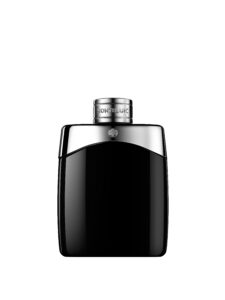
2) Still Life: Enhancing the Brand Through Aesthetics
Here, the product is integrated into a broader composition: textured backgrounds, accessories, stylized sets, natural materials… A story is told, an atmosphere is created. The product is no longer just shown; it is staged within a visual universe that reflects the brand’s DNA.
For example, a hydrating serum may be photographed on a raw stone surface, surrounded by drops of water and bathed in soft light to evoke freshness. Conversely, a high-end mascara can be shot on a glossy black background with a low beam of light to suggest glamour and precision.
Still life is particularly effective for advertising, social media, lookbooks, or collection launches. It seduces without saying a word.
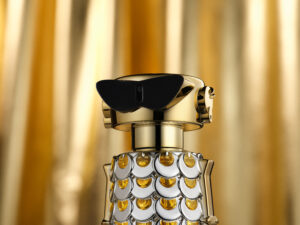
3) Lifestyle Staging: Humanizing the Product
In some cases, especially in social media marketing or influencer campaigns, the product is presented in use: placed in a bathroom, held in hand, or applied on the skin. This staging allows the consumer to project themselves, to better understand the product’s use or benefits.
This photographic style requires a more flexible but equally demanding artistic direction: one must consider the coherence of the sets, the cleanliness of the styling, and the emotion conveyed through gestures. A good cosmetic lifestyle shot does not just show a gesture; it suggests a routine, an experience, a pleasure.
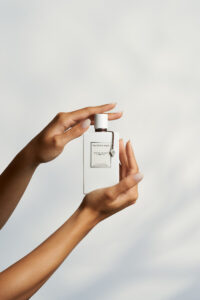
4) Texture Focus: The Material in the Foreground
Increasingly used, notably on Instagram or in print campaigns, texture focus consists of photographing the material itself: a drop of foundation, a stroke of lipstick, a cream spread with a spatula. It’s a strong, almost graphic visual that conveys an immediate sensation.
But to succeed with this type of image, extreme mastery of gesture and lighting is required. The texture must remain realistic yet appealing. The final rendering must evoke both the technicality of the product and its sensuality.
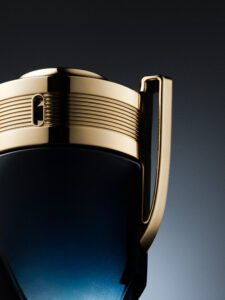
Technical Challenges Specific to Cosmetic Photography
Cosmetic product photography is one of the most technically demanding disciplines. At the crossroads of luxury, fashion, and product design, it requires rigor, precision, and artistic sensitivity. Unlike other objects, cosmetics present very specific challenges that must be anticipated from the briefing stage.
- Reflections, Shine, and Transparency: Glass bottles, metallic caps, varnished plastic tubes… cosmetic products feature many reflective surfaces. Too direct or poorly diffused lighting, and the entire scene is reflected on the packaging: the lens, the photographer, the studio walls…
To avoid these unwanted reflections, it is often necessary to use very large lightboxes, flags to mask certain areas, or specific diffusion surfaces. Sometimes, cardboard cutouts precisely shaped to the product are used to reveal only the desired areas.
As for transparent bottles (perfumes, serums…), they require dual light management: one for the product itself and one for the liquid inside, so that its color, density, and level are perfectly visible and aesthetically pleasing. - Complex Textures: Rendering the Touch Through the Image: Whipped cream, matte powder, pearly gel, shiny oil… cosmetic textures are varied and often delicate to reproduce faithfully. The photographer’s role here is to make the sensory aspect of the product visible: to show the lightness of an eye contour care or the richness of a nourishing balm.
For this, the lighting must be finely modulated: soft for a foamy texture, more grazing to highlight the grains of a scrub. And material styling must be flawless: no air bubbles, no random drips, a visual dosage that entices.
In some cases, several photos are needed, playing with angles or exposures, to then compose a richer final image during retouching. - Accurate and Calibrated Colors: It is impossible to cheat with a foundation or an eyeshadow palette: the customer must see the real color of the product. However, between the studio lighting temperature, the camera sensor, the color profile of the screen, and that of the e-commerce site, color shifts are common.
A professional workflow must therefore include a color chart (like a ColorChecker) from the shoot, strict screen calibration, and retouching that respects ICC profiles. Only at this price can the final file be used without unpleasant surprises, whether for print or digital.
Typical Workflow of a Cosmetic Photoshoot in Studio
Every cosmetic photoshoot begins long before the shutter clicks. It is a meticulous, structured, and often collaborative process that brings together several areas of expertise with a single goal: to showcase the product while fully respecting the brand’s image.
It all starts with the brief. This must specify the visual intentions, distribution channels, technical constraints (cutout backgrounds, shadows, vertical formats for stories, etc.), stylistic expectations, as well as the brand’s identity elements. A cosmetic shoot is not prepared like a standard packshot. The graphic universe, materials, color codes, and even seasons must be taken into account.
Once the brief is approved, product preparation comes into play. Each item is inspected, cleaned, and handled with gloves to avoid fingerprints. Some very delicate packaging may require multiple backup units or physical touch-ups before the shoot (pump replacement, label realignment…).
Then, styling is set up. This may be limited to a neutral support for e-commerce visuals or involve a full set for atmospheric photos. The photographer adjusts the lighting according to the material (glass, metal, plastic, exposed cosmetic texture…), then runs several tests to fine-tune the settings.
Each image is checked live on a calibrated screen, often with an art director or communication manager present, to validate compositions, reflections, or adjust poses if hand models or accessories are involved.
Once shooting is completed, the selected files go to postproduction. The retoucher’s role is essential: dust removal, reflection adjustments, texture work, color balancing, and harmonizing color ranges if multiple references are shown. Everything is designed to enhance the product without ever betraying reality.
Finally, the images are exported in the agreed formats, in high resolution for print, optimized weight for web, sometimes with several versions (cutout background, with drop shadow, vertical cropping…).
Conclusion
Cosmetic product photography leaves no room for improvisation. At the crossroads of technical requirements and visual sensitivity, it demands rigor, finesse, and artistic direction. More than a simple shot, each image is designed to convey the perceived quality, texture, and sensory promise of the product.
At Rétines, we understand how demanding the beauty industry is: it is a visual language in its own right, with its rules, subtleties, and trends. Whether for an advertising campaign, e-commerce visuals, or social media content, we put our expertise at the service of brands looking to stand out without compromising on quality.
Need powerful and impactful cosmetic visuals?
→ Contact us to create images that make your cosmetic ranges shine.
Jérémy Carlo is the editorial director at Rétines, where he ensures the consistency and clarity of all content produced by the studio.
Our Clients
Let’s discuss
What we do for you at Rétines
Meticulous work, an organised project and fast delivery. And to achieve this, we mobilise the right resources in our teams at the right time.
01
Pre-production
Artistic and technical direction tailored to the project.
Relevant recommendations on content, form and resources.
02
Photo Shooting
Photos taken by our experienced photographers.
Production that’s controlled, efficient and tailored to the needs of the project, with nothing superfluous.
03
Retouching
Technique
Photographs magnified by our retouching team.
Post-production to meet the commercial challenges of the brief.



